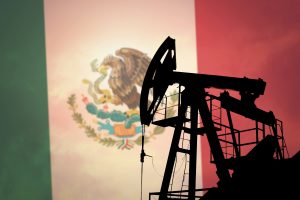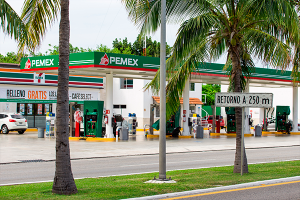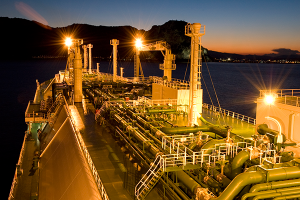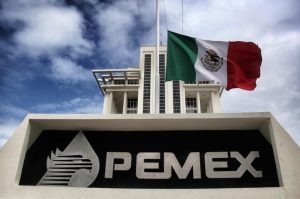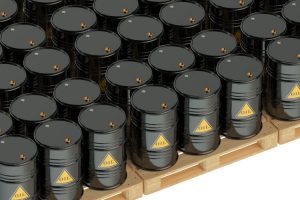Trump and Mexico’s New Leader, Both Headstrong, Begin With a ‘Good Conversation’
The New York Times / Michael D. Shear and Ana Swanson / July 2
WASHINGTON — President Trump reached out to Mexico’s new populist president-elect on Monday in an early, but potentially short-lived, show of détente, saying the two leaders engaged in a “good conversation” about border security and the North American Free Trade Agreement.
The two countries remain locked in a heated dispute over the fraught issues of immigration and trade, areas that may face difficult complications from the election of Andrés Manuel López Obrador, a leader known for being as strong-headed and nationalist-minded as Mr. Trump — and just as willing to engage in a public clash of ideas.
Mr. López Obrador, who has said Mexico will not be a “piñata” for foreign governments, has said he will stand up to Mr. Trump to protect his country’s interests. And he may find himself under pressure by an electorate that, weary of Mr. Trump’s hectoring and disparaging comments about Mexico, will demand that he cede no ground, leaving little room to manage the relationship.
“There are going to be so many opportunities for this to go wrong,” said Duncan Wood, the director of the Wilson Center’s Mexico Institute. “If there are too many provocations, if there are too many insults against Mexico, López Obrador will not be able to just sit back and take it. His character shows that he will respond, and that could lead us down a dark path.”
Relations between Mexico and the United States are already tense, particularly over trade and the future of Nafta, which has enabled companies to create critical supply chains across North America. Talks to revise the trade pact among Mexico, the United States and Canada have stalled over dramatic changes proposed by the Trump administration, including altering protections for investors and rules for manufacturing automobiles in North America.
Mr. López Obrador has been a longtime critic of the 1994 trade pact and has given no indiction he will be more willing to accommodate Mr. Trump’s demands than the current Mexican government. Among other things, Mr. López Obrador has blamed Nafta for triggering an influx of grain from the United States that ultimately forced Mexican farmers off their land.
But Mr. López Obrador has pledged to continue to renegotiate Nafta — a promise that could ultimately put him in the position of defending the trade agreement against the frequent criticisms of Mr. Trump, who has called it the “worst” trade deal in history and blamed Mexico for siphoning off American jobs. Mr. López Obrador’s advisers have said they will start working with the current Nafta negotiators soon to ensure a smooth transition when the new administration takes office on Dec. 1.
The president-elect has also taken a far more critical view than his predecessor of corporations — which have among the most to win or lose with a revised Nafta. He has long criticized the role of multinational corporations in Mexico and once promised to turn the presidential palace into a public park. He has promised to review dozens of outstanding oil and gas exploration contracts for corruption, potentially delaying hundreds of billions of dollars in foreign investment. His election has put the value of the peso and Mexican government bonds on a more volatile path.
During the campaign, Mr. López Obrador and his advisers worked to reassure voters and industry that he would provide continuity for the private sector.
Known as an anti-establishment candidate, Mr. López Obrador is a divisive figure with Mr. Trump’s flare for capturing attention. After a failed bid for the presidency in 2006 against Felipe Calderón, Mr. López Obrador held a faux inauguration ceremony for himself, appointed a shadow cabinet and protested in the middle of the capital for weeks.
Mr. Trump and Mr. López Obrador spoke for 30 minutes Monday morning after the latter ’s landslide victory Sunday night. The call came just hours after Mr. Trump congratulated Mr. López Obrador in a rare, friendly tweet that said: “I look very much forward to working with him.”
The incoming Mexican president in turn pledged never to “disrespect” the United States government. In a tweet of his own, Mr. López Obrador said there was “respectful treatment” on the call.
Any period of gracious talk may be short lived, however, with Mr. Trump almost certain to continue his tirade about the 2,000-mile border with Mexico, and Mr. López Obrador virtually guaranteed to fire back in ways that his predecessors did not.
Mr. López Obrador “has committed to a louder, more combative posture with the U.S.,” said Carlos M. Gutiérrez, the former secretary of commerce under President George W. Bush. “He’s getting ready to take it up a notch.”
Mr. Trump campaigned for the presidency by demanding a wall across the southern border and suggesting that people being “sent” from Mexico into the United States are “bringing drugs. They’re bringing crime. They’re rapists.”
More recently, Mr. Trump has escalated his language against Mexico, accusing Democrats in a tweet of wanting “illegal immigrants, no matter how bad they may be, to pour into and infest our Country, like MS-13.”
The New York Times / Michael D. Shear and Ana Swanson / July 2


